We may look back on the years 2009 to 2019 as the “lost decade” – a time when the world awoke to the reality of climate change only to squander the chance to take the action needed to tackle it. Now, many scientists fear the targets required to avoid catastrophe are slipping out of reach.
On December 15, politicians from 194 countries wrapped up the 25th United Nations climate conference in Madrid. But in an outcome youth activists have described as “another year of failure,” the only thing nations seemed to agree on was that there’s an “urgent need” to act.
“Never have I seen such a disconnect between what the science requires and what the climate negotiations are delivering in terms of meaningful action,” said Alden Meyer, strategy chief at the Union of Concerned Scientists. For 25 years, the world has been trying to figure out how to tackle fossil fuelled global warming. And now it’s a crisis.
As this decade – likely the hottest on record – comes to a close and another begins, one glaring question is: can the world make up for this lost time? Thousands of scientists recently declared a climate emergency, and the UN has given the world just over a decade to act. With the clock ticking closer to midnight, it’s worth reflecting on how we got here and what we might learn from the past 10 years.
From Copenhagen To Paris
Hopes were sky-high in advance of the 2009 annual climate conference in Copenhagen. It was supposed to be the moment the international community started taking climate change seriously and pledging real action. That December, a record 110 heads of state, along with thousands of activists, scientists, business leaders, celebrities and indigenous people, flew to Denmark’s snowy capital expecting to see the UN broker a historic climate deal to stabilise fast-rising emissions.
The science was robust; the public wanted it; and governments had, at least publicly, agreed that strong action should be taken. But huge expectations quickly turned to collective failure.
After two weeks of discussions, schisms widened between rich and poor countries and the talks broke up in scenes of chaos and recrimination; the grand plan to get all countries to agree to halve overall greenhouse gas emissions by 2050 and to hold global warming to a maximum increase of 2C above pre-industrial temperatures flopped. And with that, the world went back to the drawing board.
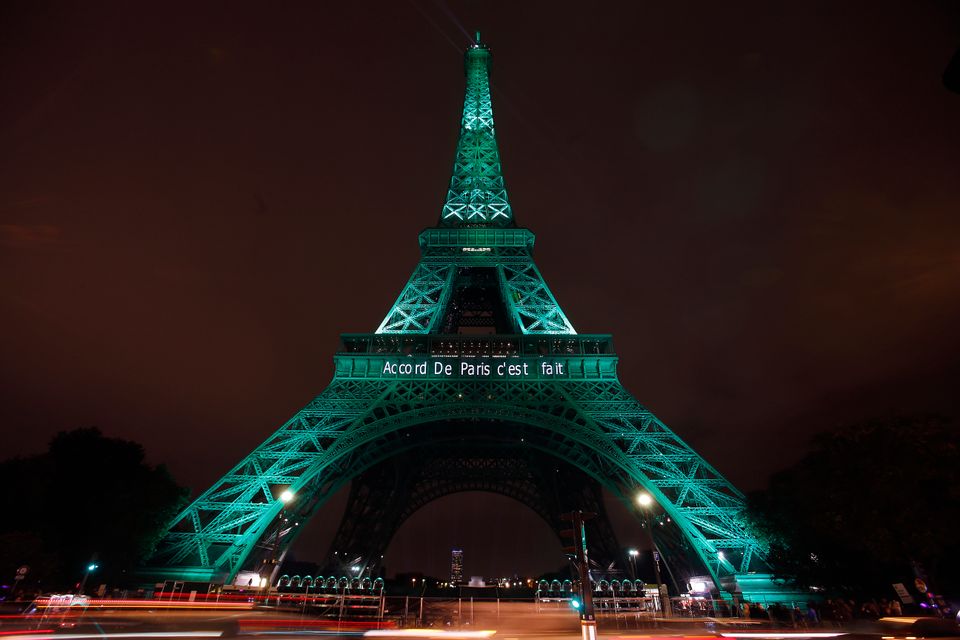
It took another six years for countries to finally sign up to a universal agreement in December 2015 to keep global temperature increases “well below” 2C and to “endeavour to limit them to 1.5C”. This was the Paris Agreement.
It seemed to be everything Copenhagen had promised but failed to deliver. To an eruption of applause and cheers on the evening of Decenber 12, 2015, France’s then foreign minister Laurent Fabius announced that the collective and far-reaching agreement had been signed. The Guardian hailed it as “the world’s greatest diplomatic success”. The New York Times called the agreement “a historic breakthrough on an issue that has foiled decades of international efforts to address climate change”.
Climate Science And Impacts
But now, facing a very different global political reality and increasingly visible signs of our ecological crisis, many are wondering was it too little too late.
Since his election, US president Donald Trump has been working from the White House to undo most environmental protections in favour of fossil fuels and withdraw the US from the Paris accord. Meanwhile, Native Americans and the Amazon are being threatened in Brazil under Jair Bolsonaro’s leadership. And in Australia, prime minister Scott Morrison is seeking to outlaw climate protests to protect mining interests.
The reality of our situation struck home when a landmark report from the Intergovernmental Panel on Climate Change, published in October 2018, delivered bleak news: we only had 12 years within which to take action on the climate crisis and turn the situation around. The scientists stated that the Paris targets set out in 2015 were not ambitious enough, the switch to renewables was not nearly fast enough and achieving the target of keeping temperature rises to 1.5C above pre-industrial levels would mean “rapid, far-reaching and unprecedented changes in all aspects of society”.
“These last 10 years have been a lost opportunity. It is what I call the ‘procrastination penalty of climate inaction,’” says US climate scientist Michael Mann, director of the Earth System Science Center at the Pennsylvania State University. “We’ve gone much further down this road than we ever should have allowed ourselves, and we are already seeing the dangerous impacts of climate change – unprecedented superstorms, wildfires, heatwaves, floods and droughts.”
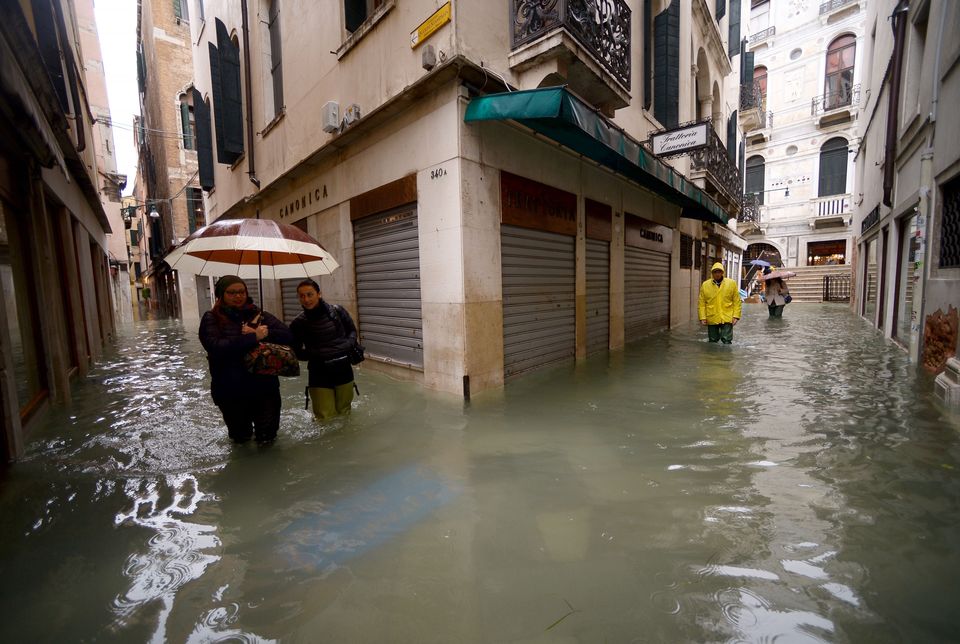
Between October 2009 and November 2019 the amount of carbon dioxide gas in our atmosphere – as measured by the Mauna Loa observatory in Hawaii – rose from 384.43 parts per million (ppm) to 410.27 ppm, representing a nearly 4% increase, to the highest level the planet has seen in three million years.
“There is no sign of a slowdown, let alone a decline, in greenhouse gases’ concentration in the atmosphere despite all the commitments under the Paris Agreement on Climate Change,” said World Meteorological Organization secretary general Petteri Taalas in a November 2019 statement.
The second half of this decade saw some of the warmest years on record. Not only was July 2019 the hottest month ever recorded but the past five years have been the warmest period on record, as well as the worst for climate disasters since record keeping began in 1980. The ice caps have thinned and the rate of global sea level rise in the past five years has increased to 5mm a year, compared to an annual rate of 3.2mm 26 years ago.
“This is no longer a warning – we are now experiencing the impacts of climate breakdown on a daily basis,” said May Boeve, chief executive of international climate nonprofit group 350.org.
From Arctic permafrost to forests in the Amazon and the Congo, significant carbon sinks – natural systems that have stored carbon dioxide for thousands of decades – are now eroding, whether through thawing ground or deforestation. The release of this stored carbon helps further warm our world, creating a dangerous feedback loop.
The direness of the situation was solidified last month with a triple whammy release of scientific reports.
The first was the Production Gap report, which revealed that the world was planning to produce about 50% more fossil fuels in 2030 than would be consistent with limiting warming to 2C, and 120% more than would be consistent with limiting warming to 1.5C. Rather than reducing emissions as promised, the International Monetary Fund found countries have been stoking them by subsidising fossil fuels to the tune of trillions of pounds a year.
Hard on the Production Gap report’s heels, a report by the World Meteorological Organization showed the concentration of climate-heating greenhouse gases had hit a new record high in 2018 with no sign of a slowdown.
This was swiftly followed by the UN’s Emissions Gap report, which warned that even if countries met all the pledges they had signed up to in 2015 (which is unlikely), we could expect a 3.2C temperature rise by the end of the century. This would make much more of the world unliveable, with hotter, deadlier heatwaves, more frequent floods and droughts, and lost harvests.
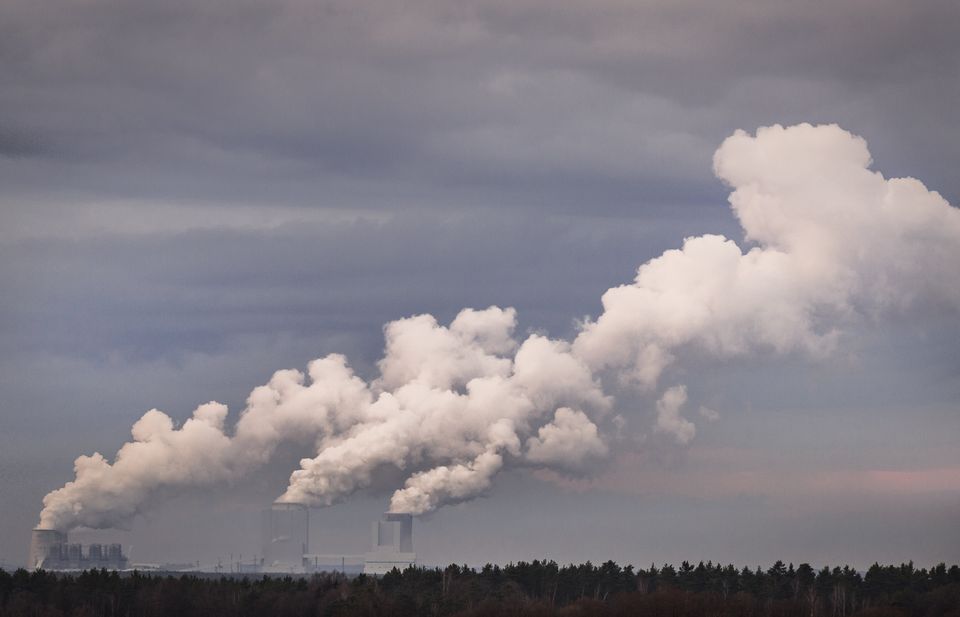
The scientists and experts trying to communicate the threat of climate change, however, “have been opposed for years,” says Mann, “by the single most-organised, well-funded disinformation campaign in the history of human civilisation: the fossil fuel industry’s concerted effort to confuse the public and policymakers about the reality and threat of human-caused climate change.
“In the absence of the billions of dollars spent by fossil fuel interests and front groups and politicians in their pay to obscure public understanding of climate change risk, I’m convinced we would have acted decades ago.”
Now, the action required to achieve the Paris goals within an ever-shortening timeframe is unprecedented. If the world hopes to limit warming to 1.5C, the targets agreed to in the Paris climate deal must become five times more ambitious.
“Emissions need to go down by 55% by 2030. There is no way we are going to make it if we don’t step up action as of 2020 with ambitious plans,” UNEP’s executive director, Inger Andersen, told a press conference after the release of the UN’s November report. “Our collective failure to act early means we now must deliver deep cuts to emissions, over 7% each year.”
But one month later, environmentalists criticised the COP25 negotiations for allowing major polluters to engage in the conversation; fossil fuel companies have been accused of spending millions in sponsorship and lobbyists to try influence the talks and water-down commitments.
Clean Energy And Activism
As the warnings of catastrophic climate change become increasingly loud, however, there has been some progress over the last 10 years. And many of the technological breakthroughs and new social movements have given rise for optimism.
The clean energyrevolution shows no signs of stopping. Since 2009, more than £1.9tn has been invested globally in renewables, according to Bloomberg New Energy Finance. Solar capacity has risen from about 25 gigawatts at the start of 2010 to an estimated 663GW today (for comparison, one of the largest coal power plants in the US has a 3.5GW generating capacity, providing enough electricity for 1.9m homes).
And the International Energy Agency forecasts that, with wind and solar energy in many countries now competitive with, or even cheaper than, fossil fuel electricity, renewables will expand by 50% over the next five years.
“No other technologies have risen to the challenge of climate change with such speed and success,” Susan Rakov, chair of Environment America’s research and policy centre clean energy programme, said in a statement. At the same time, coal is slowly on the decline – the third quarter of 2019 saw the amount of electricity generated from renewables in the UK surpass the amount provided by coal for the first time ever. Globally, energy from coal is expected to have dropped by 3% in 2019.
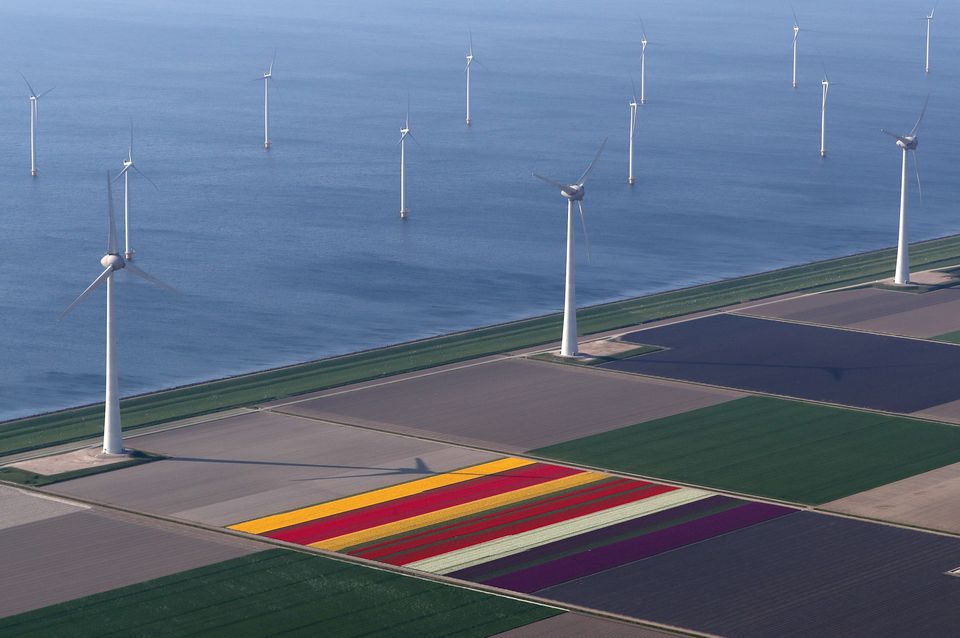
Looking ahead, mass-produced electric vehicles (EVs) and new ways to store electricity in batteries are becoming mainstream. In May 2018, Bloomberg forecast that EV passenger car sales worldwide would rise to 56m a year by 2040 to make up the majority of new car sales.
The decade saw most countries sign-up to the UN Sustainable Development Goals, a blueprint for eradicating poverty, environmental pollution and degradation, and achieving new conservation targets by 2030. Nobel Prize-winning economists showed the world that the real profit was in low carbon development. And global fertility levels continued to decline, reducing pressure on the environment.
Financial pressure is also being put on fossil fuel companies by activists and shareholders, says Bob Ward, policy director of the London-based Grantham Research Institute on Climate Change and the Environment. More than 1,000 institutions have so far sold off about £4.6tn worth of investments in oil, coal and gas companies since 2010. Beginning with US universities, and now led by the insurance industry, the movement includes Ireland, cities like New York and major organisations in over 30 countries.
Meanwhile, what started as a lone climate strike in Stockholm last year by teenager Greta Thunberg has now gained global momentum with at least six million young people in 150 countries marching in the streets demanding action in 2019.
“The appearance of the youth voice has been critical. We would be in a far more difficult position without it. Greta Thunburg has galvanised the debate and the moral authority of children demanding a future makes a big difference,” says Ward. This fresh wave of activism has even spurred Democratic 2020 presidential hopefuls, in an unprecedented move, to put forward ambitious climate plans.
We’re also finding new ways of talking about the climate crisis. In 2009, governments and scientists referred mostly to “global warming”. Today scientists and the media talk of “heating” and a climate “emergency” or “breakdown”. Oxford Dictionaries declared “climate emergency” to be its word of the year for 2019, and Collins chose “climate strike”.
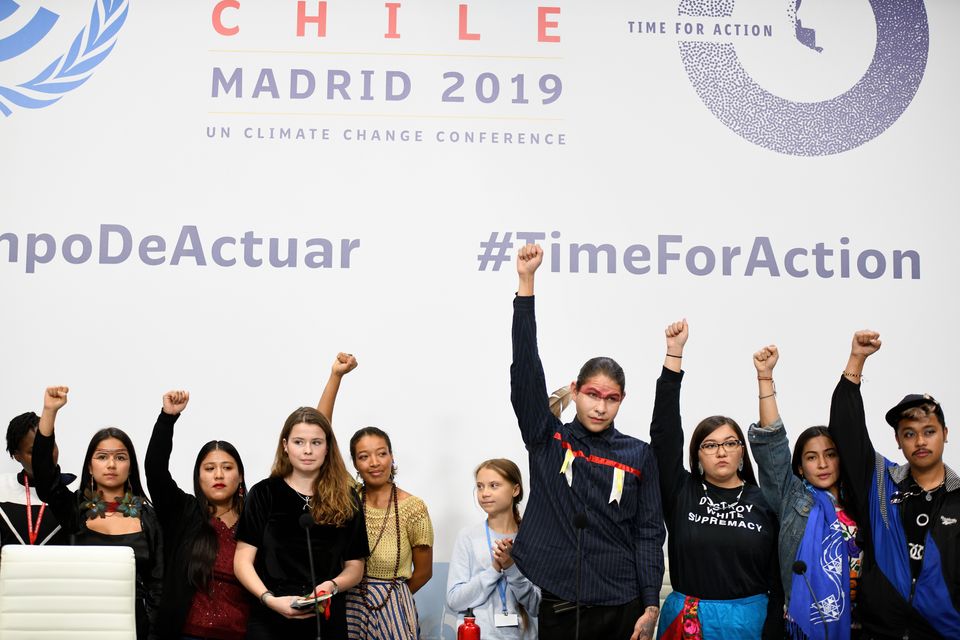
And slowly, governments are responding. In Europe, some countries have unilaterally decided to cut emissions deeper and faster than the EU target of 40% below 1990 levels by 2030. In 2019, for example, the UK became the first major economy to pass laws to set a “net zero target” of 2050. In June, France passed a similar law; Germany, Denmark, Chile and Fiji, are expected to follow. This trend culminated in November with the EU proposing a net-zero carbon target of 2050.
Legal pressure to force emission cuts is also building. Around the world, multiple lawsuits against fossil fuel companies continue to make their way through the courts.
It’s Still Not Fast Enough
But there are caveats. None of the action being taken by those who hold the levers of power goes far enough fast enough to adequately respond to the crisis we face.
“The transition of the energy sector is on its way, but it’s still not rapid enough for the world to meet both climate and development goals,” said the UN environment programme’s Françoise d’Estais. And while scientists and experts point to these pockets of hope as signs of improvement, the gap between what countries say they’ll do and what actually needs to be done is huge.
“There has never been more urgency,” says Mann. “We need to demand progress from our policy-makers in the form of more stringent agreements requiring considerably greater cuts than the Paris Agreement in 2015.”
To meaningfully start to address climate change and limit warming to 1.5C, governments would need to start phasing out fossil fuels immediately.
There is a 64% chance of controlling climate change within this limit, according to a January 2019 study, if countries committed today to replacing all fossil fuel infrastructure, from power plants to airplanes, with cleaner alternatives at the end of their useful lives. The study, published in Nature Communications, also noted that shifts to more carbon-friendly diets and away from meat and dairy are also required. But if the beginning of this phase-out is delayed until 2030, this chance drops to just 33%.
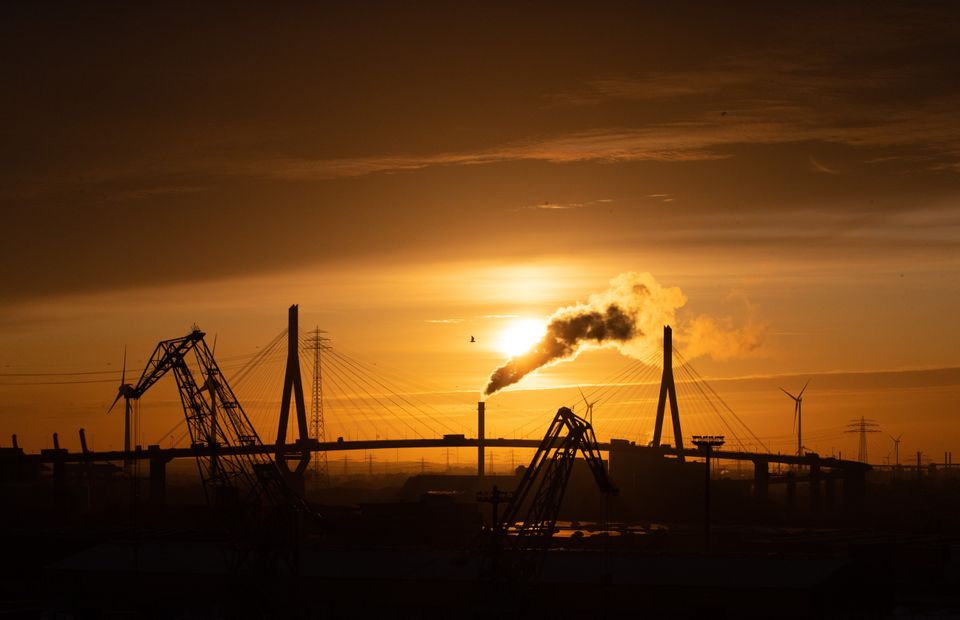
Some experts and policymakers are instead leaning heavily on new technology to dig us out of a climate disaster. But it’s controversial and, in many cases, untested. Machines that suck the carbon out of the air are being developed, and it would be theoretically possible to reflect sunlight from space away from the earth to ease warming. Other ideas include seeding the oceans with iron filings to bury carbon dioxide for generations along with pumping sulphates into the atmosphere to mimic the impact of volcanic dust that blocks sunlight.
But multiple studies caution that we don’t yet know the full range of consequences that come along with large-scale geo-engineering.
Last year, two separate studies warned geo-engineering could come with “large risks” for the natural world. And as one of the lead authors, Dr Vera Heck from the Potsdam Institute for Climate Impact Research, argued, the solution is clear: reduce carbon emissions immediately rather than relying on risky technologies to “compensate for a more leisurely pace” transitioning away from fossil fuels.
Gap In Action
With the decade’s close just two days away, 2020 is the year when nations are meant to announce more ambitious climate targets as required under the Paris Agreement.
Currently, just 80 countries – mainly small and developing nations representing 10.5% of global emissions – have stated their intention to revisit and improve their national contributions, according to the World Resources Institute. None of the world’s biggest emitters has committed to this yet. COP25 was seen as the “last chance, the last call to make the case for raising ambition in 2020,” Naoyuki Yamagishi, climate and energy lead for World Wildlife Fund Japan, told Carbon Brief.
Outside the COP conference halls, the voices of young people and climate activists grew ever louder. Inside the negotiating rooms it was a story of fraught discussions and tepid commitments – the divide could not have been more stark.
The failure to make strides in Madrid means the gap between current action and the goals required to limit dangerous warming continues to widen.
“The scientific community warned world leaders two to three decades ago. Then the poor, vulnerable developing countries started getting impacts and warned them over a decade ago. Neither group managed to stir enough action,” reflects Saleemul Huq, director of the International Centre for Climate Change and Development in Bangladesh. “Now that their own children are challenging them, perhaps they will finally act as needed.”
If it matters to you, it matters to us. Support HuffPost’s journalism here. For more content and to be part of the “This New World” community, follow our Facebook page.
HuffPost’s “This New World” series is funded by Partners for a New Economy and the Kendeda Fund. All content is editorially independent, with no influence or input from the foundations. If you have an idea or tip for the editorial series, send an email to thisnewworld@huffpost.com.